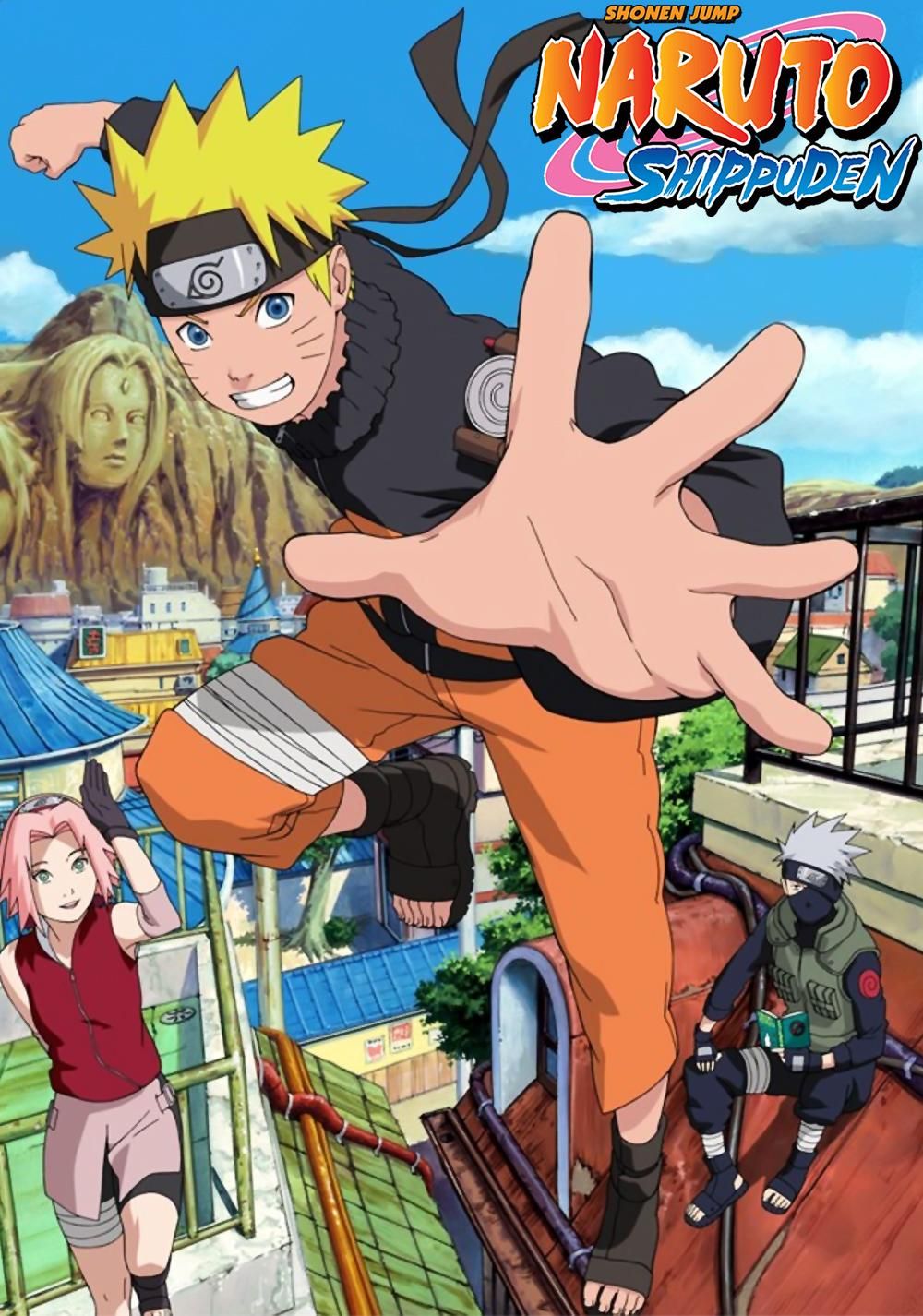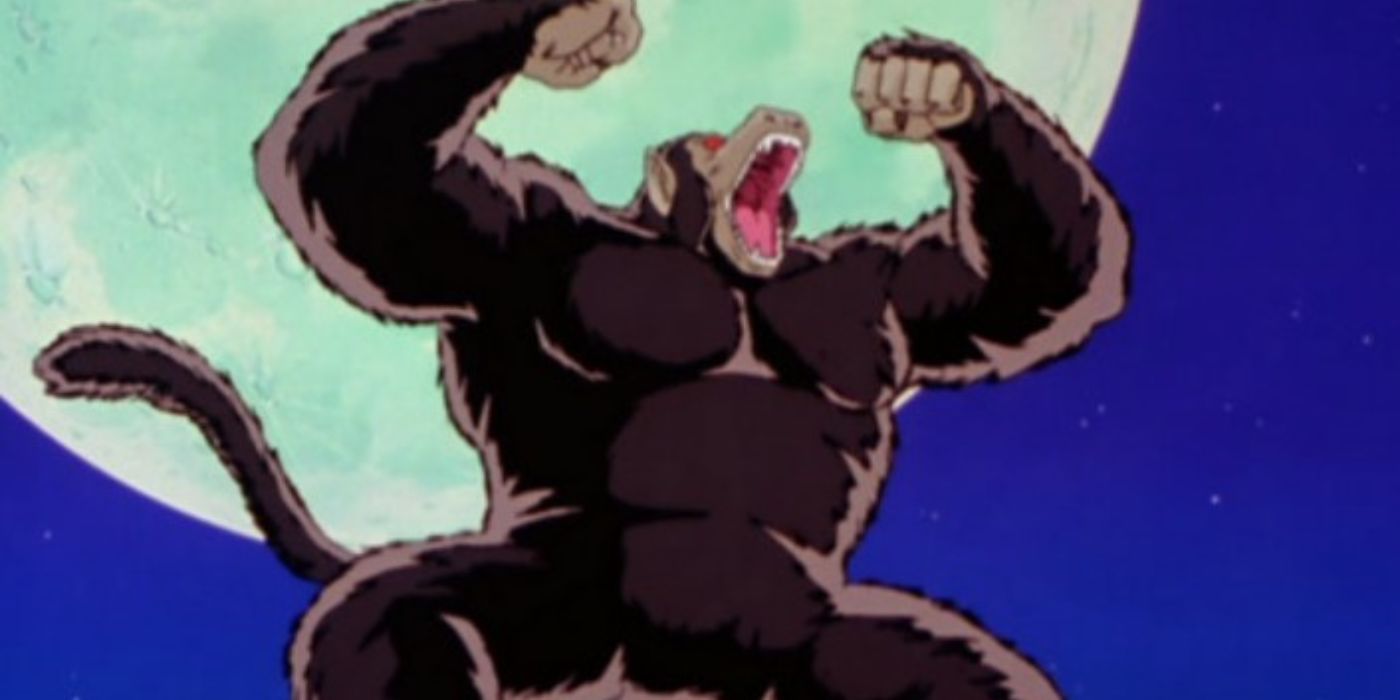The Big Picture
- Naruto pays homage to Dragon Ball by including a character, the Four-Tails, inspired by Son Goku, with design and naming conventions directly referencing Goku.
- The Four-Tails, or Son Gokū, draws inspiration from Goku’s monkey form and the Four-Star Dragon Ball, symbolizing Goku’s connection to his past and his training.
- Both Naruto and Dragon Ball find their roots in the ancient Chinese story, Journey to the West, with Naruto referencing Sun Wukong through the Four-Tails’ name and another character, Monkey King: Enma.
Naruto and Dragon Ball are two of the most influential and iconic anime series ever released, garnering international recognition and widespread popularity that solidified their status as household names in pop culture. When Akira Toriyama first wrote Dragon Ball, and its even more popular follow-up, Dragon Ball Z, he pushed the medium of anime to new heights by setting the precedent and blueprint for generations of shōnen that followed after. Masashi Kishimoto‘s Naruto was one of the most notable successors to DBZ, becoming one of the “Big Three” manga alongside One Piece and Bleach due to their unmatched commercial success for Shōnen Jump in the 2000s.
The lasting legacy of Dragon Ball can be seen in Naruto, which built off of the foundation set by the earlier anime to continue making innovations in the exciting genre. Though there was never an official crossover between the two series, Kishimoto paid homage to his predecessor and included a surprisingly extensive reference to Dragon Ball in Naruto, writing a character that was directly inspired by Toiryama’s most famous creation. This Dragon Ball allusion was hidden in plain sight without unnecessary attention drawn to it, but was nonetheless a heartwarming and innovative way for Kishimoto to applaud the shōnen series that put anime on television for Western audiences. Kishimoto created a character whose design — from visual aesthetics to naming conventions — was directly inspired by Toriyama and one of the most recognizable heroes in all fiction, Son Goku.
‘Naruto’s Four-Tailed Beast is Directly Inspired by Son Goku
Kishimoto referenced Dragon Ball with his creation of the Four-Tails, one of the most powerful creatures in the entire world of Naruto. The Four-Tails is one of the massive tailed beasts, a kaiju-sized creature possessing unfathomable strength and destructive capabilities made entirely of chakra, the main power source in the series. While a cursory glance at the large red-furred and horned gorilla-like beast with four tails doesn’t immediately draw parallels with the cheerfully energetic Son Goku of Dragon Ball, there are actually several layers to this cross-anime connection. Though their names have been lost to people for generations, each of the tailed beasts has their own unique name that is later revealed to Naruto in Naruto: Shippuden. The Four-Tails’ true name is Son Gokū, which was directly inspired by Goku from Dragon Ball, though they can be separately identified thanks to the difference in accents.
In terms of design inspiration, Son Gokū takes two important traits from Goku’s upbringing and family. Kishimoto chose to make Son Gokū a monkey based on the Great Ape form that Saiyans from Dragon Ball can turn into when they see the full moon. It is also specifically important that Son Gokū also possesses four tails, which is an allusion to the Four-Star Dragon Ball that Goku’s Grandpa Gohan once possessed. This Dragon Ball was Goku’s prized possession when he was a child, as he believed it to contain his grandfather’s soul, and would later be passed down to his son, Gohan, who was named after the original owner of the ball. In Naruto, tailed beasts can be sealed within ninja called jinchuriki. The jinchuriki within Son Gokū was named Rōshi, referencing the Turtle Hermit, Master Roshi, from Dragon Ball that trained Goku and Krillin. Master Roshi is one of Goku’s most important teachers, having taught him fundamental training skills and even his signature technique, the Kamehameha.
‘Dragon Ball Z’s Android Family Tree Explained
The Androids are some of the fiercest opponents the Z-Fighters have ever faced, but what’s the story behind these robotic warriors?
‘Naruto’ and ‘Dragon Ball’ Take Inspiration from ‘Journey to the West’
While Son Gokū takes direct inspiration from Dragon Ball’s Goku, both characters find their true origins in the classic Chinese story, Journey to the West. The story follows Sun Wukong, a mythical monkey king with unparalleled strength, knowledge of mystical techniques, and a confident, and often mischievous, personality. The connections with Goku are already apparent from those traits alone, but it’s further confirmed by the existence of the Great Ape form, which was the major mystery with Goku’s character in the original series. Toriyama took heavy inspiration from Journey to the West when writing Dragon Ball, as many of the characters, such as Bulma, Yamcha, and Ooolong, are based on characters from the story. In Naruto, the complete name of the Four-Tails, as it refers to itself, is Seiten Taisei Son Gokū, which translates to “Great Sage Equalling Heaven,” a title originating from Sun Wukong. Naruto also features another reference to Journey to the West with Monkey King: Enma, who was a ninja monkey summoned by Hiruzen Sarutobi. Hiruzen, the Third Hokage, summoned Enma to combat the First and Second Hokage during the siege on Konoha during the Chūnin Exams.

Naruto: Shippuden
Naruto Uzumaki, is a loud, hyperactive, adolescent ninja who constantly searches for approval and recognition, as well as to become Hokage, who is acknowledged as the leader and strongest of all ninja in the village.
- Release Date
- October 28, 2009
- Cast
- Alexandre Crepet , Junko Takeuchi , Maile Flanagan , Kate Higgins , Chie Nakamura , Dave Wittenberg
- Rating
- TV-PG
- Seasons
- 21
Naruto: Shippuden is available to stream on Hulu in the U.S.
Watch on Hulu
Source link

